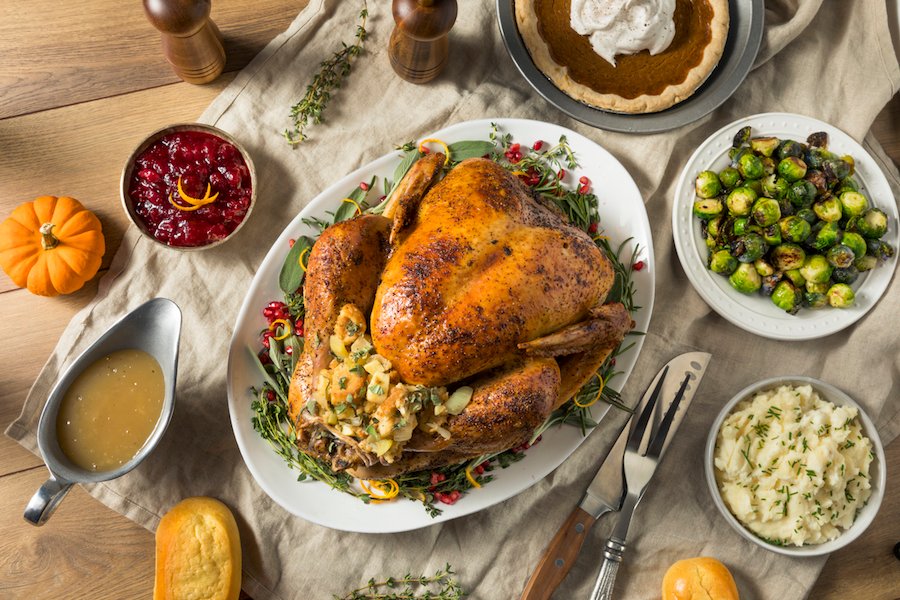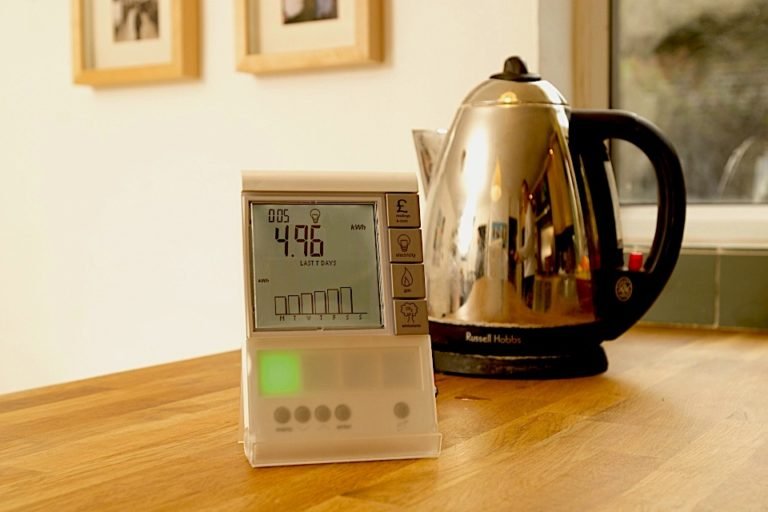Although having turkey on the holiday table is a must for many households, this year families may notice differences in how they pick, prepare and cook their turkeys, said experts across Texas A&M AgriLife.
A variety of factors from supply chain issues to a disease outbreak have had an impact on turkey production and availability in addition to contributing to price increases on this popular holiday table centerpiece.
In times like these, it is important consumers know what to expect when they look for a turkey, have a good idea of size and type of turkey they need, and know how they plan to prepare it – even before they go shopping for the bird of their dreams.
Turkey prices on the rise
Complicating how we plan our traditional Thanksgiving turkey dinner, families and consumers may notice the price of their turkey has increased from last year.
According to David Anderson, Ph.D., Texas A&M AgriLife Extension Service economist in the Department of Agricultural Economics, Bryan-College Station, the U.S. Department of Agriculture reported data that shows wholesale prices for whole turkeys[KL1] have increased from a record high of $1.39 per pound in early November of last year to $1.79 per pound by Oct. 15 of this year.
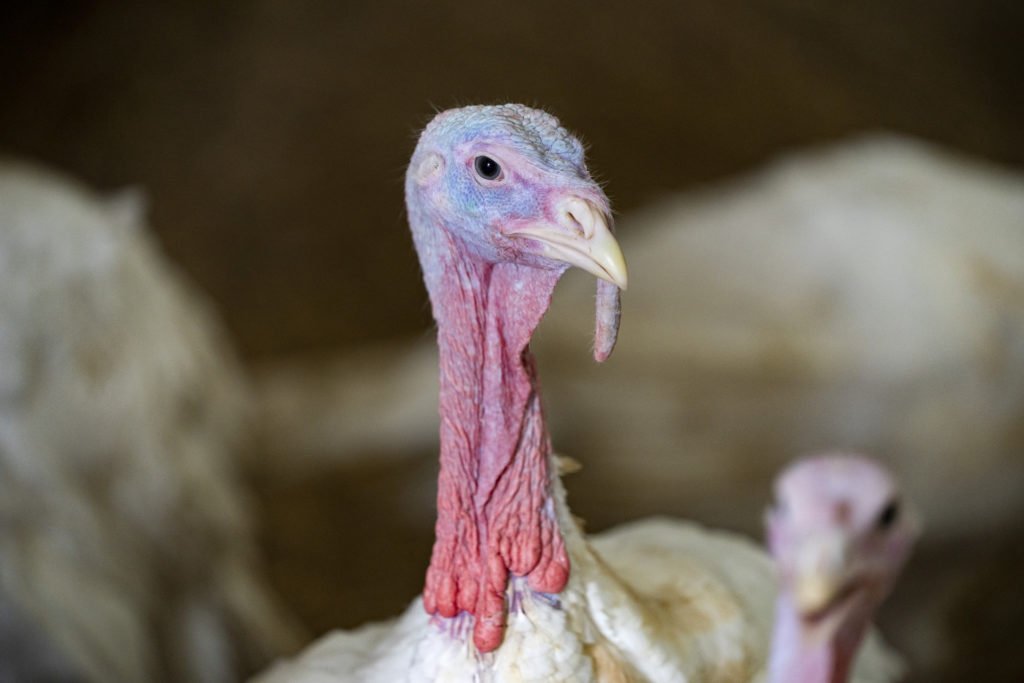

“The increased price of turkeys is likely due to a variety of factors,” Anderson said. “However, difficulties faced across the food supply chain as well as the impacts of recent avian influenza, or bird flu, outbreaks have notably disrupted the supply chain and caused turkey prices to trend upward.”
However, Anderson said, consumers need not be concerned about a shortage of whole birds for the holidays.
“Turkey supplies are built up throughout the year to make sure they are available to major grocers in November,” he said. “Furthermore, most grocers have order contracts with suppliers that are set up to a year in advance, which means demand from big buyers like major grocers will likely be the priority when it comes to the available supplies.”
Tips for picking the right-size turkey
Consumers should consider a few specific things before buying their holiday turkey, according to Audrey McElroy, Ph.D., a professor and head of the Department of Poultry Science at the Texas A&M College of Agriculture and Life Sciences.
“When choosing the size of your turkey, consider the number of people you will be feeding,” McElroy said. “The general rule is to buy 1 to 1.5 pounds of turkey per person. However, you may want to have some extra turkey for leftovers, so you may purposefully buy more than you expect to eat on Thanksgiving.”
Preparation time
According to McElroy, the amount of time you have to prepare the bird to cook is another important factor to consider when deciding the size of your turkey.
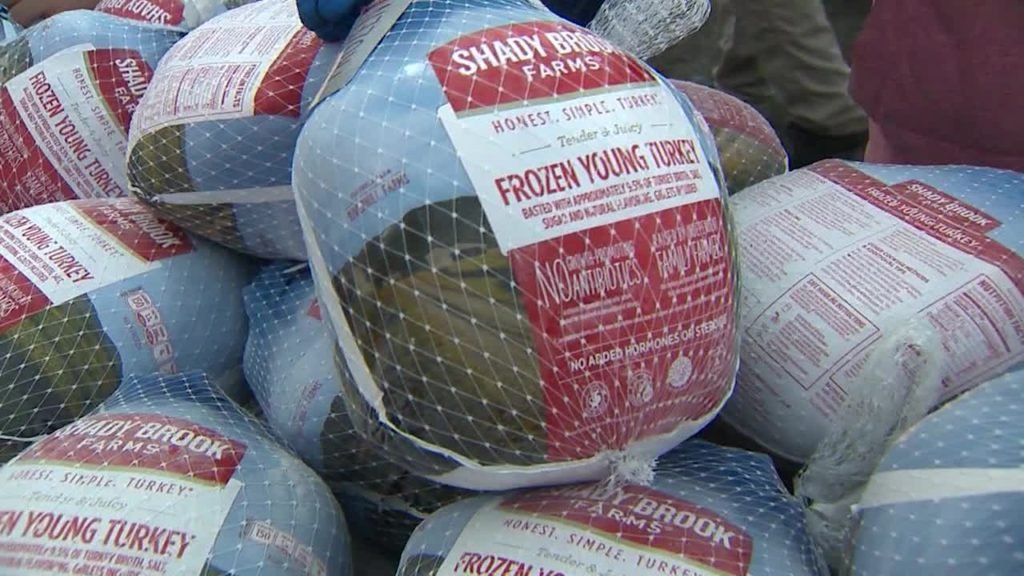

“On average, it usually takes 24 hours for 4-5 pounds of turkey to thaw in the refrigerator, which potentially means a frozen, average-sized turkey may take two to three days to thaw prior to cooking,” she said. “If you do not have a lot of time to wait for your turkey to thaw, then you may consider buying a fresh one.”
Alternatively, consumers may choose to buy a turkey breast as opposed to a full turkey. Turkey breasts are a good option for people with less time to prepare and/or a lesser amount of refrigerator or oven space. For a turkey breast, estimate about a half to three-quarters of a pound per person.
Size of oven and refrigerator
Another consideration for the size of turkey is space — the capacity to store and cook the bird.
“Make sure your refrigerator can accommodate the size of turkey you plan to cook,” said Julie Prouse, an AgriLife Extension associate within the Department of Nutrition. “Ideally, plan to store the turkey on the bottom shelf of the refrigerator to avoid moisture from the thawing bird dripping and contaminating other foods .”
Similarly, do not overlook considering the size of the oven opening and the depth of the oven.
“You want to make sure the turkey is not stuffed into your oven,” she said. “There should be adequate room for the turkey and any items you will need to remove it, such as oven gloves.”
Preparing the turkey: Thawing and brining
As McElroy noted, a refrigerated turkey, on average, requires 24 hours to thaw 4-5 pounds. The amount of time the turkey will take to thaw can influence when and how you start cooking your meal.
“Everyone prepares and cooks their turkey a little bit different,” said Odessa Keenan, AgriLife Extension specialist for the agency’s Dinner Tonight! program, Bryan-College Station.
When preparing to cook a turkey, some may prefer to brine the turkey before putting it into the oven, Keenan said.
“There are basically two types of brining,” Keenan said. “Wet brining is when you inject the bird or marinate it in wet solution and dry brining is when you apply a salt and spice mixture directly onto the bird’s skin. Both types of brining have positives and negatives.”
Wet brining takes time and requires a good amount of refrigerator space, she said.
“Although wet brining a turkey makes the meat moist and tender, the skin is usually not as crisp as with dry brining. With dry brining, you get crispier skin, however the meat may be a little drier.”
Cooking tips for a flavorful, moist turkey
The most traditional way to cook a turkey is in the oven with a roasting pan or sheet tray. On average, a good rule to determine cooking time for a turkey is to allow 13-15 minutes per pound.
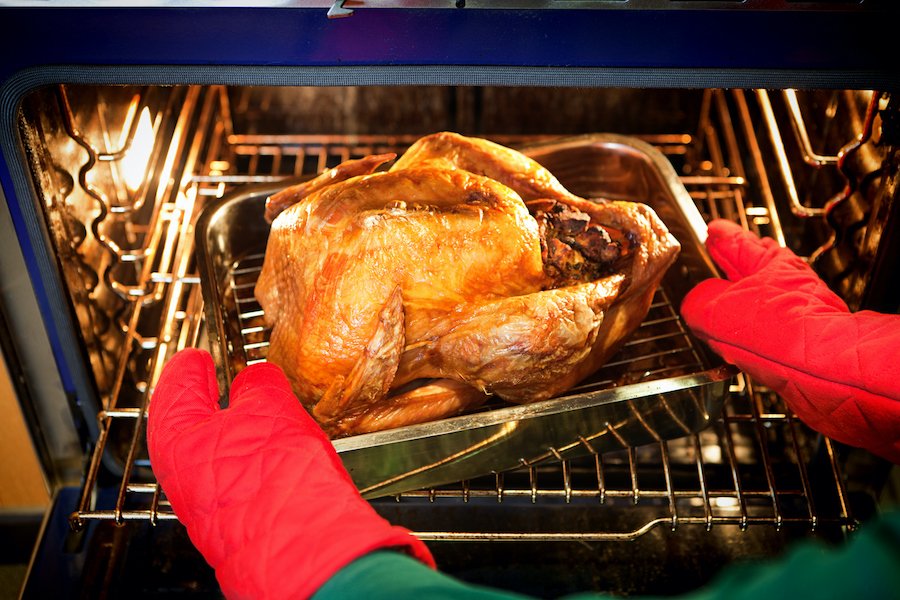

“You’ll want to cover the contact surfaces with aluminum foil to help cook the bird more evenly and keep the clean-up mess to a minimum,” Keenan said. “Whether or not you stuff the turkey, place an aluminum foil tent over the top to keep it from burning. Preheat the oven to 325-350 degrees and place the prepared turkey on the oven’s lowest rack level.”
Keenan suggested allowing the turkey to cook for at least one hour before opening the oven to begin basting.
To baste a turkey, she recommends removing the turkey from the oven and basting every 20-30 minutes until the turkey is almost completely cooked, all while remembering to put the foil back over the turkey between bastings.
“To baste, tilt the pan and use a turkey baster or spoon to scoop up the liquids at the bottom and then drizzle them over the turkey,” she said. “The basting helps keep the meat juicy and cools the breast meat, so it cooks more evenly with the legs and thighs.”
For the last half-hour or so of cooking time, remove the foil and bring the oven temperature up to 425-450 degrees. In this part of the cooking process, Keenan said you can smear some melted butter or oil over the top of the turkey to help crisp up the skin and give it a rich, dark-brown color.
Knowing when turkey and stuffing are cooked
Prouse noted a vital tool in the cooking process is a food thermometer to check the interior temperature of the turkey and any stuffing inside the bird. The interior of the turkey and the stuffing should be heated to at least 165 degrees to ensure any pathogens are eliminated.
“A good food thermometer is possibly your most important item when cooking a holiday turkey,” Prouse said. “It allows you to tell how well your turkey is cooking and helps avoid any frozen or cold spots. During cooking, check the temperature in the thickest part of the breast and thigh. If the bird is stuffed, make sure to check the stuffing temperature as well.”
-30-


